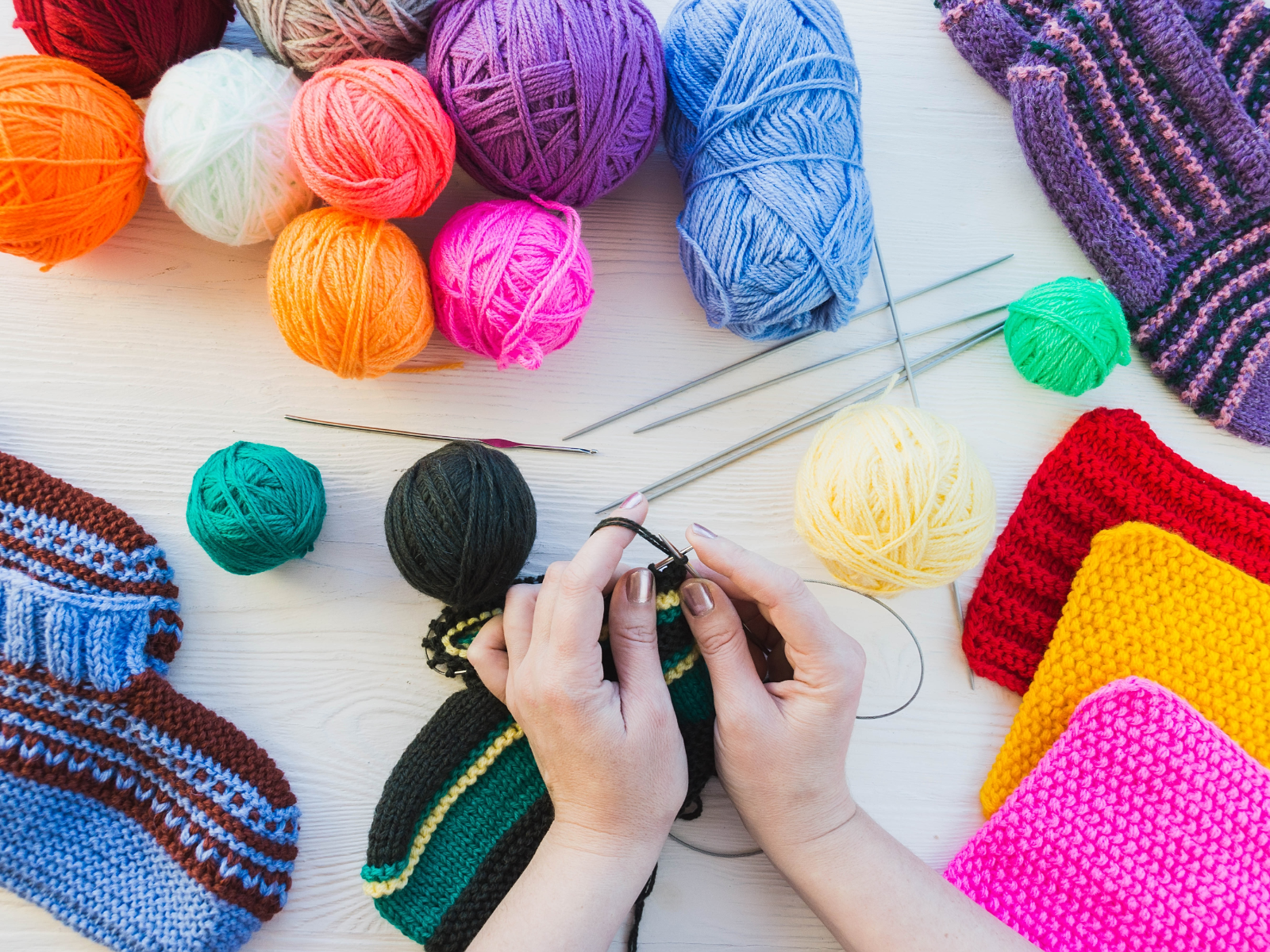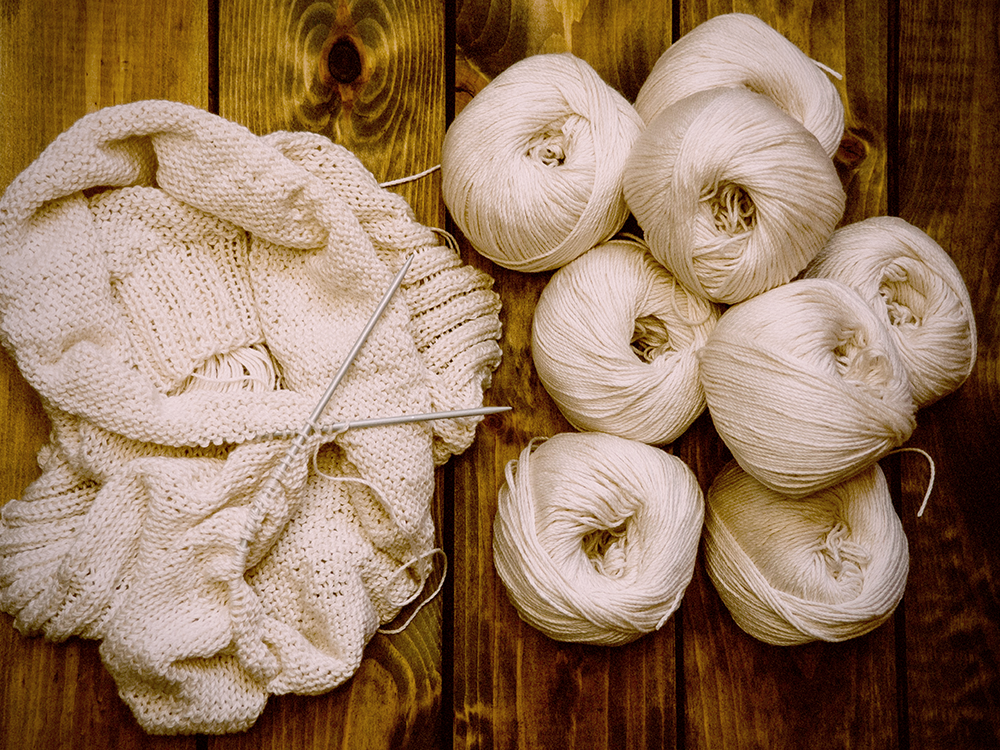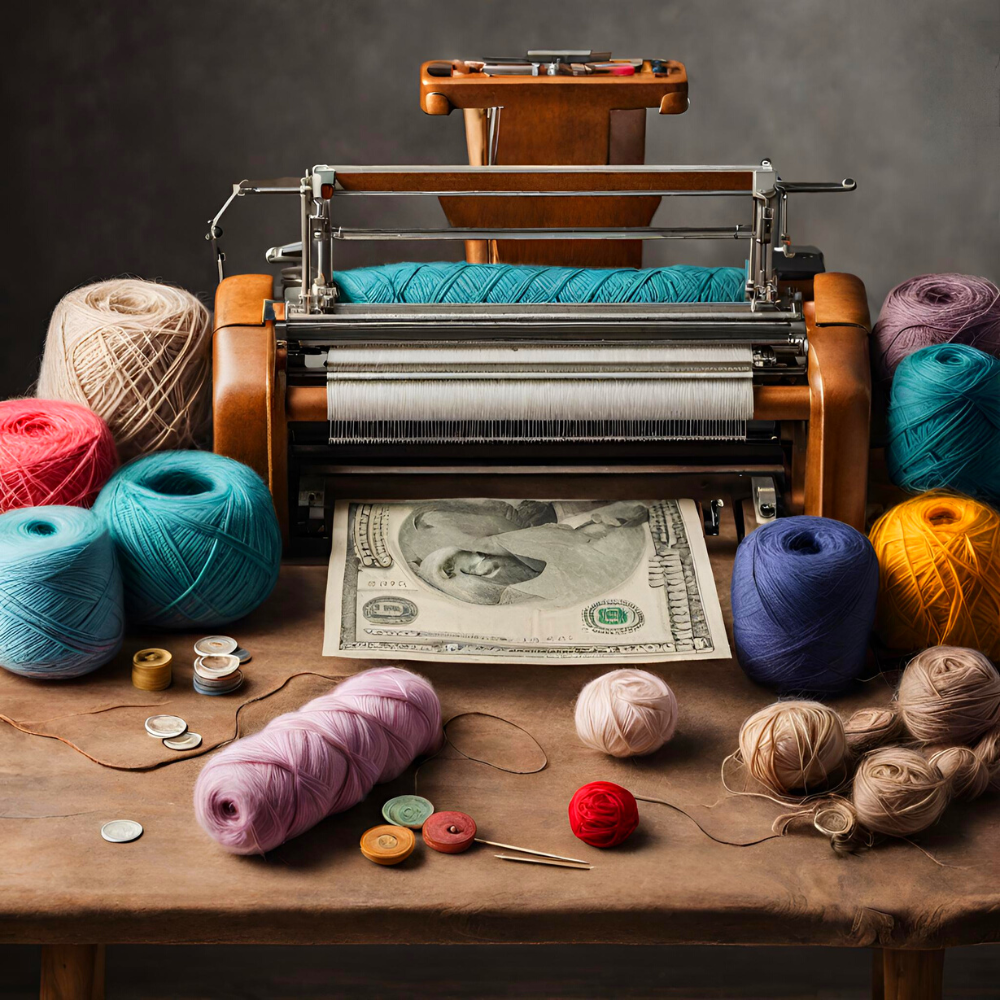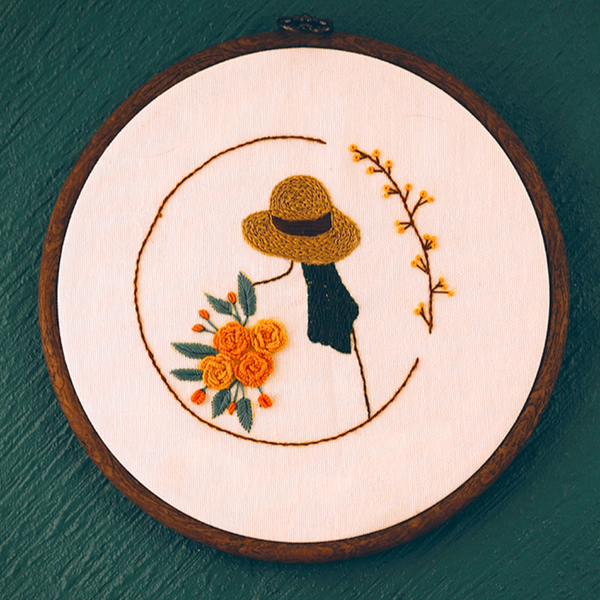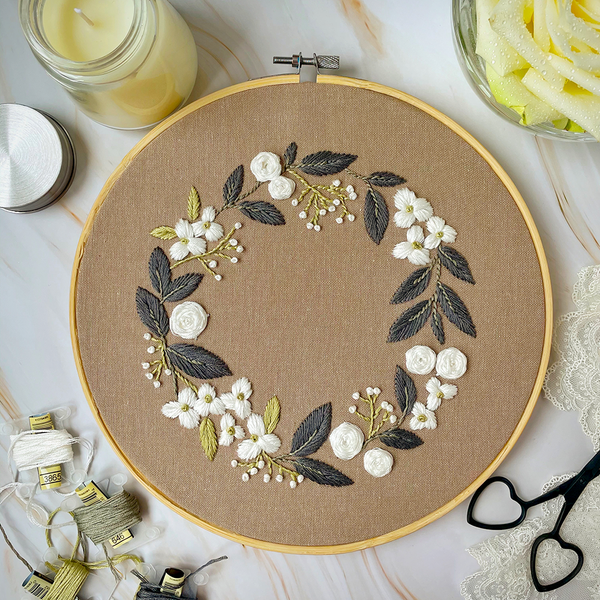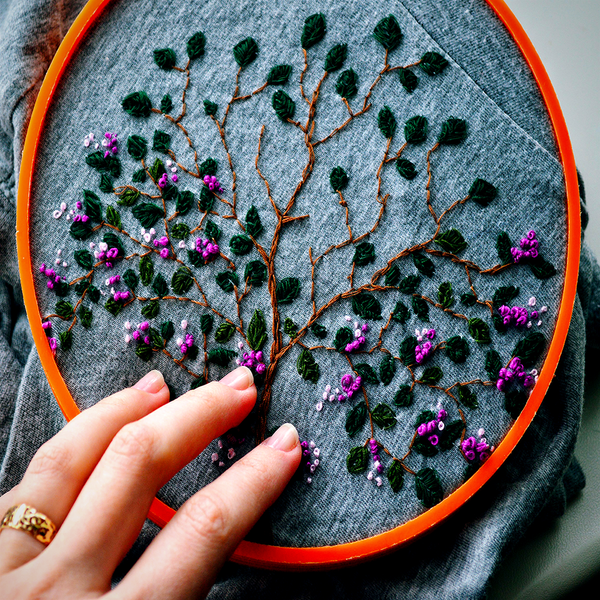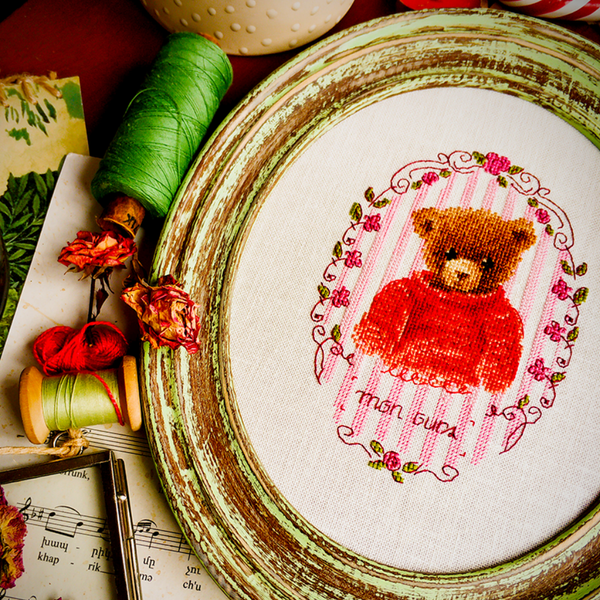Interested in creating amazing works of art but need to make money doing it?
Have you ever wanted to turn your passion for knitting into a profitable side hustle?
With the rise of machine knitting, hobbyists and serious artisans alike have a chance to do just that.
Knitting machines range from small, affordable craft tools up to industrial-level marvels capable of producing thousands of stitches in a single minute.
Although it's easy enough to learn how to use a machine for basic projects like hats or sweaters, many people don't realize that creating intricate and beautiful patterns with a knitting machine offers far more potential than meets the eye.
If you're an artist looking to turn your passion into a business venture, machine knitting should be on your radar.
Here's your insider look at how these fantastic devices can work for you and what it takes to really master the intricacies of machine knitting.
From experienced crafters to first-time knitters, this blog post dives deep into what goes into a successful machine knitting business so that anyone can learn more about this intricate craft.
Discover why so many choose machine knitting as a source of income and understand its intricacies by reading on!
Read on to discover everything you ever wanted (and didn't know) about taking advantage of the lucrative possibilities afforded by using advanced machine knitters!
Key Takeaways:
- Understanding the Market: Grasp the potential of machine knitting to create a profitable business.
- Strategies for Success: Learn how to leverage knitting machines for efficient production and sales.
- Monetization Avenues: Explore various platforms and methods to sell your knitted creations.



Understanding the Basics of Machine Knitting
Knitting, once considered a leisurely pastime for grandmothers, has evolved into a vibrant and profitable industry.
With the advent of knitting machines, such as the Addi Express knitting machine, the question arises: can you make money with a knitting machine?
The answer is a resounding yes.
Machine knitting opens up a world of possibilities for those looking to turn their knitting hobby into a lucrative business.
From creating unique patterns to selling finished products, the potential for making money is significant.
Before diving into the world of machine knitting, it's important to understand the basics.
As the name suggests, machine knitting is the process of knitting fabric using a machine.
Unlike hand knitting, where each stitch is individually crafted by hand, machine knitting involves the use of a mechanical or computerized knitting machine.
These machines automate the knitting process, allowing you to create large quantities of fabric in a fraction of the time it would take to hand knit, but don't let the speed fool you.
Machine knitting still requires a high degree of skill and knowledge to produce quality pieces.

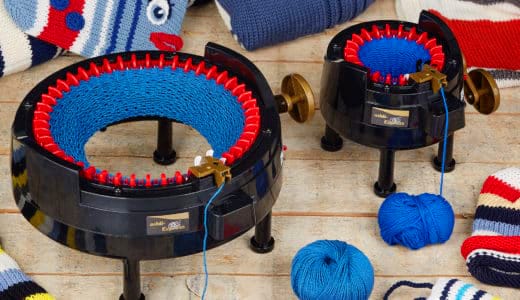
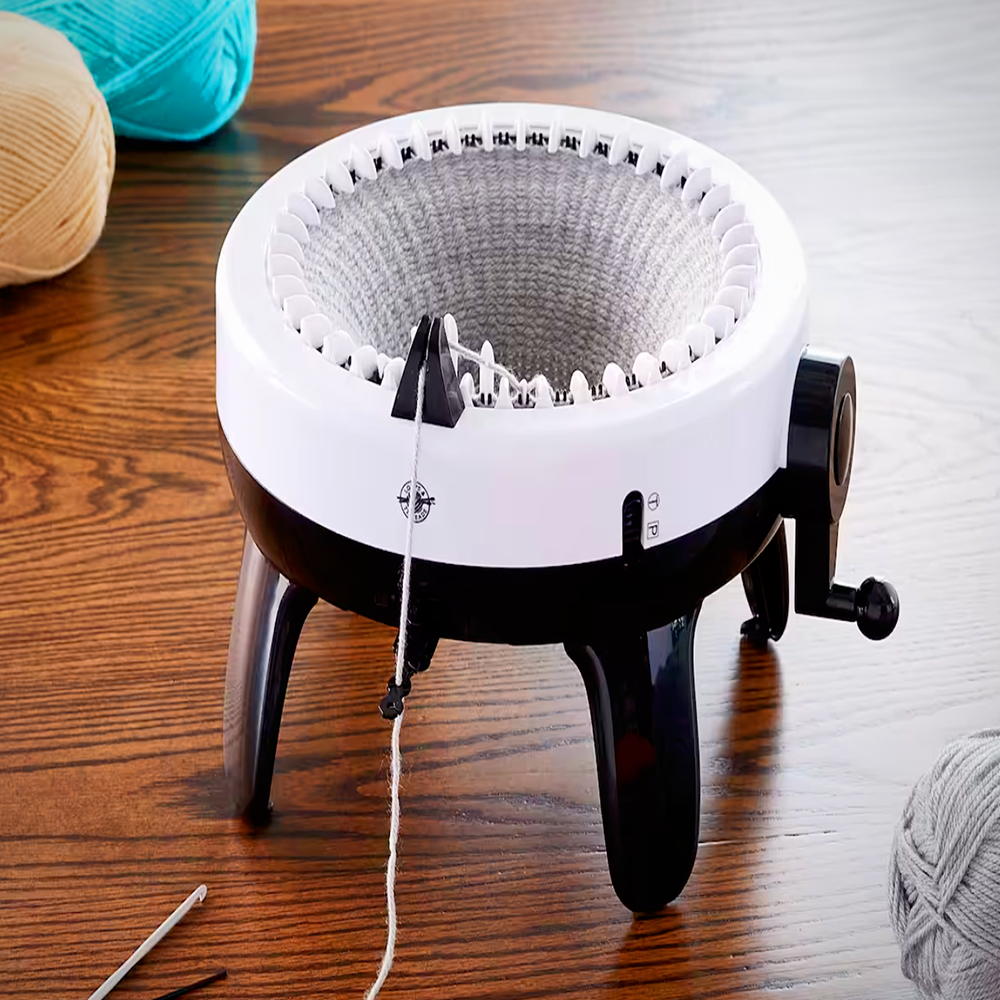
The Rise of Machine Knitting
Machine knitting has revolutionized the way knitters produce their crafts.
Unlike hand knitting, which is time-consuming and labor-intensive, machine knitting allows for the rapid production of knitted items.
This efficiency is a game-changer for knitters who want to scale their operations and start building a business.
With machines like the Addi knitting machines, you can produce sweaters, hats, and scarves in a fraction of the time it would take to hand knit them.
From garments to accessories and home decor, machine knitting can bring your creative ideas to life.
With the ability to knit various types of yarn at different gauges, a knitting machine opens up a world of possibilities.
You can create intricate lace designs, textured fabrics, or even knit in multiple colors at once.
As a content creator, you can experiment with different styles and create a unique product line that sets you apart from the competition.

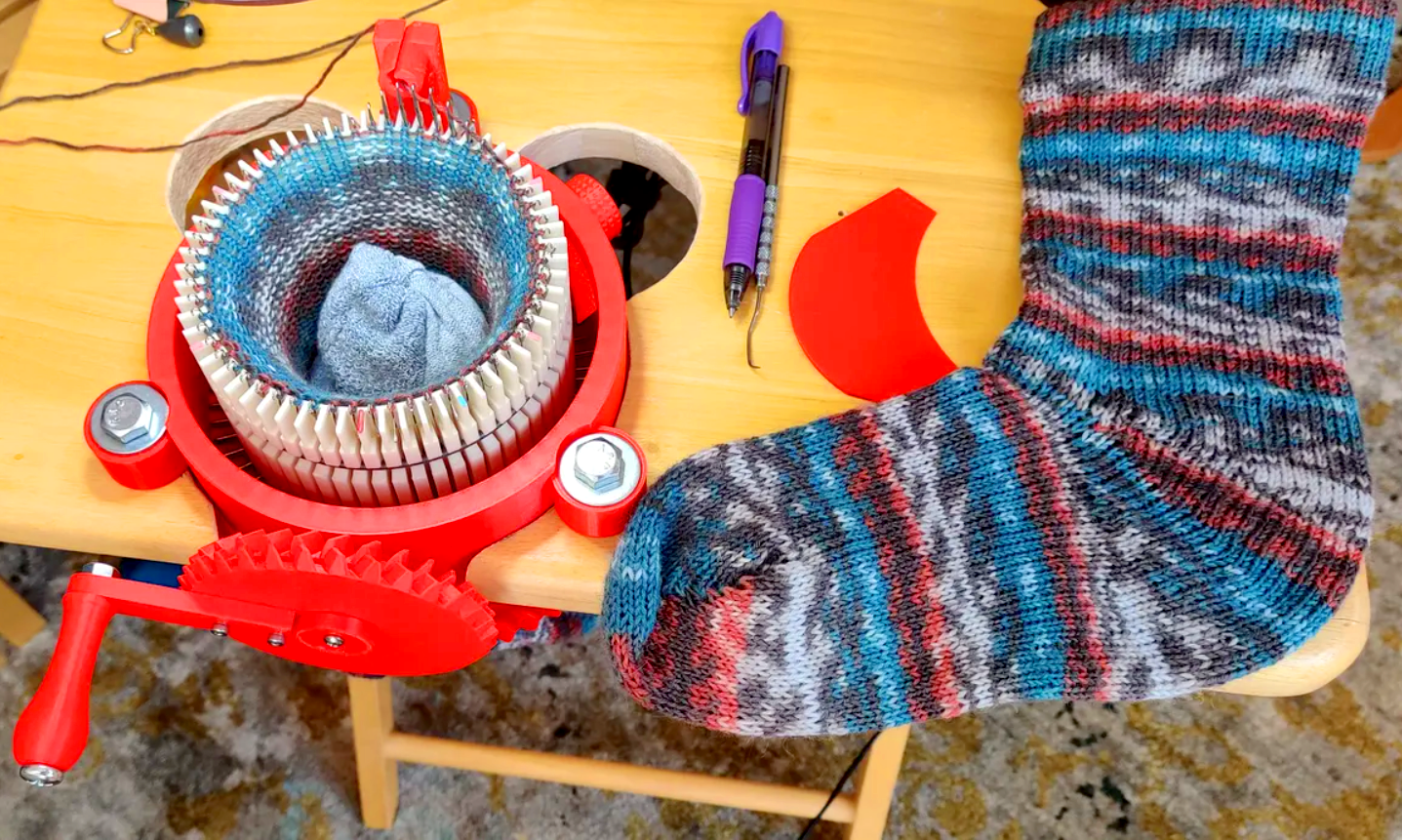
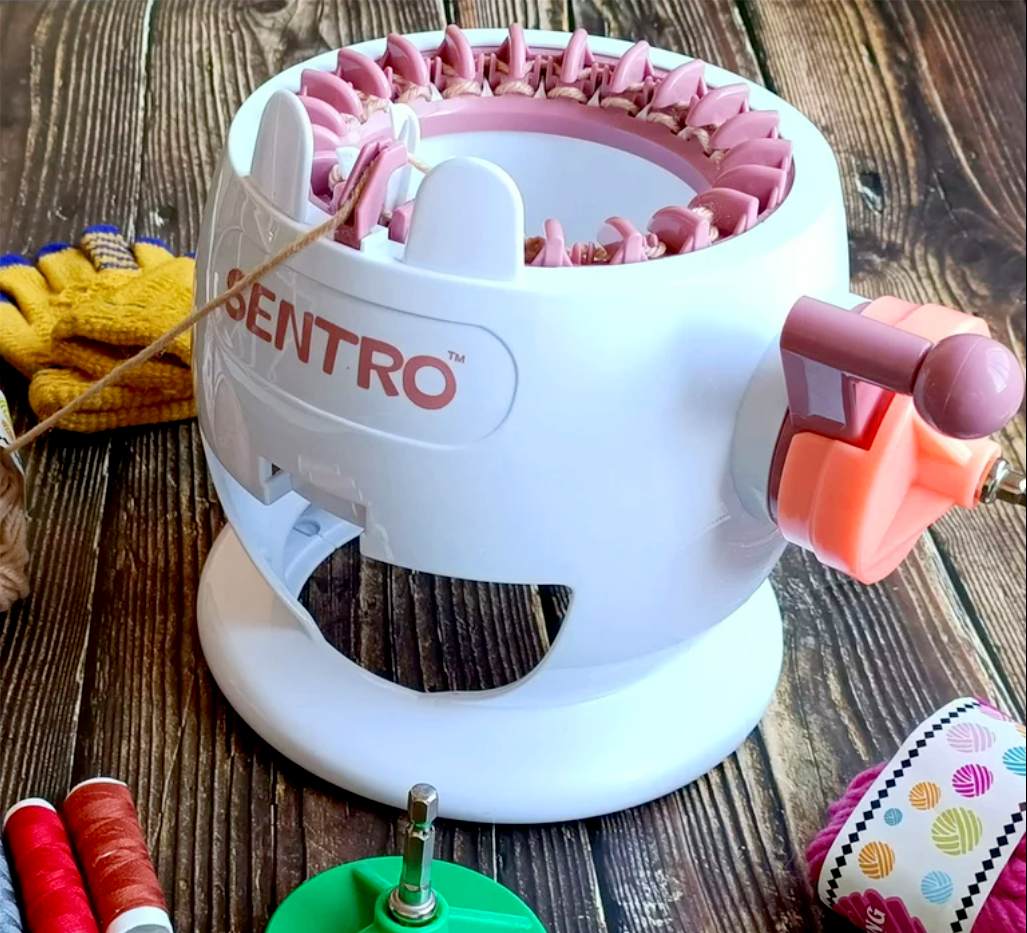
Potential for Profit: Crafting a Business Plan
The demand for handmade products has never been higher, with consumers seeking unique and personalized items.
A knitting machine allows you to create one-of-a-kind pieces at a faster rate than hand knitting, making it an ideal option for those looking to sell their creations.
You can sell your finished products online, at craft fairs, or even in local boutiques.
If you're interested in creating your own pattern designs, you can also sell these patterns through online marketplaces like Etsy.
However, before diving into the world of machine knitting for profit, it's crucial to have a solid business plan.
This plan should outline your goals, target market, product line, pricing strategy, and marketing approach.
Whether you decide to focus on custom garments or a line of knitting patterns, understanding your niche and how to reach your customers is key to success.
You should also consider factors such as production costs, material expenses, and time management to ensure that your business is profitable.



Making Friends with Your Knitting Machine
The market today offers a variety of knitting machines, from the Addi machine to more complex industrial models.
When selecting a machine, consider the types of knitted projects you want to produce.
For larger items like afghans, a machine with a broader needle bed might be necessary.
Meanwhile, the Addi Express knitting machine is perfect for smaller, tube-shaped items like hats and scarves.
To make the most of your knitting machine, you need to become proficient in its use.
This means spending time learning the different stitches, techniques, and maintenance required to keep your machine in top condition.
Online tutorials, courses, and YouTube videos can be invaluable resources for mastering your machine and expanding your knitting skills.
To thrive in your own knitting business, it's essential to continuously expand your knowledge base.
The internet is a treasure trove of resources, offering courses and tips that can transform a new hobby into a lucrative venture.
Whether you're mastering the Addi knitting machine or exploring intricate stitch patterns, investing time in education is not a mere expenditure; it's an investment in your art.
By staying informed, you not only refine your craft but also position yourself as an authority, which can be a significant advantage in a competitive market.
Moreover, learning is not confined to the technical aspects of knitting.
Understanding the nuances of knitting yarn types, their properties, and best use cases can greatly enhance the appeal and quality of your products.
Knitters who are well-versed in the materials they work with can offer valuable insights to customers, helping to build trust and credibility.
This knowledge also aids in innovation, allowing you to experiment with new ideas and create unique items that stand out in the marketplace.
As you become more comfortable and knowledgeable, you'll be able to produce higher quality pieces at a faster rate, ultimately increasing your profits.
By cultivating a deep understanding of your craft and always seeking to improve, you can ensure long-term success with your knitting machine.

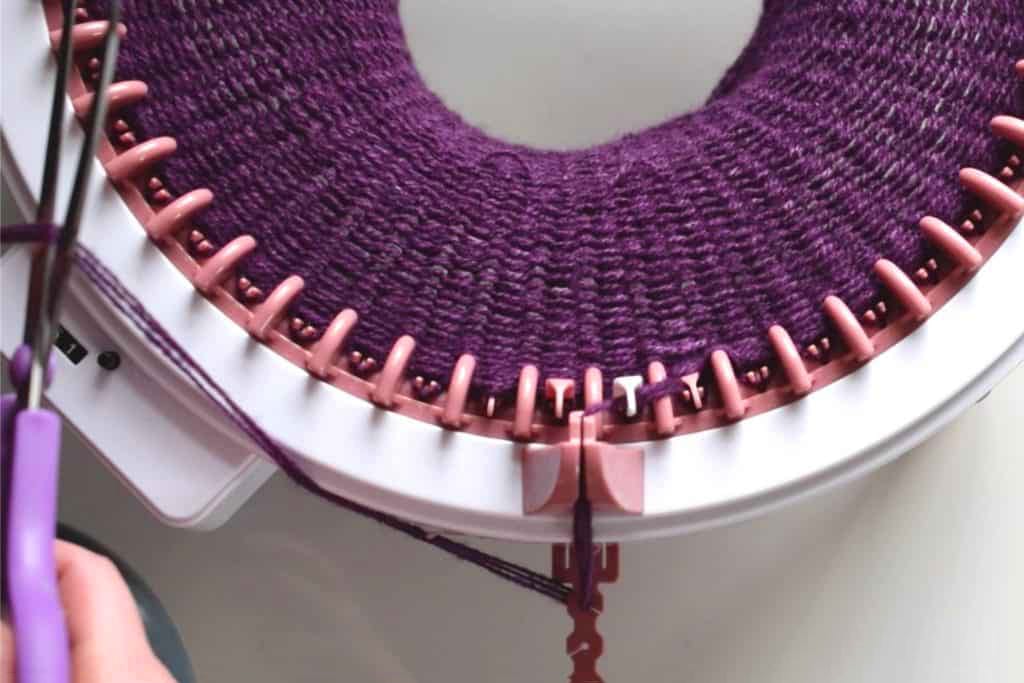
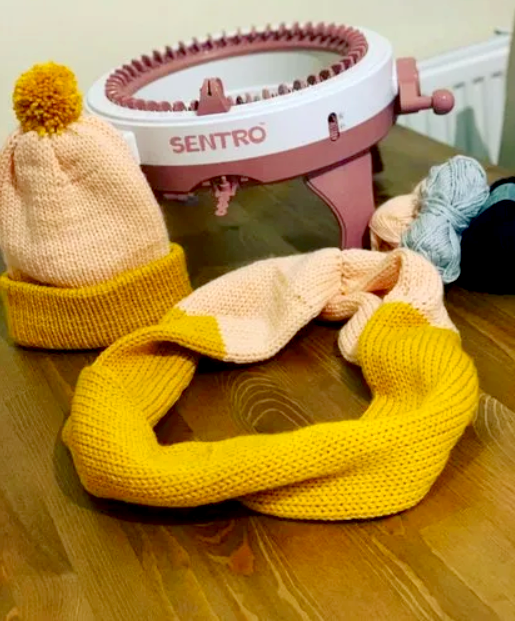
Developing and Selling Your Craft
Now that you have your knitting machine and are well-versed in its use, it's time to start creating and selling your products.
One of the great things about machine knitting is that you can produce a variety of items, from small accessories like beanies and scarves to larger garments like cardigans and sweaters.
You can even create unique home décor items such as blankets or pillow covers.
The initial investment can vary widely depending on the type of knitting machine you choose and the scale of your business.
Basic machines like the Addi Express knitting machine can cost a few hundred dollars, while industrial machines can run into thousands.
You'll also need to consider the cost of yarn, accessories, and marketing.
It's time to gather your yarns, experiment with different stitch patterns, and create a line of products that you can sell.
Streamlining Production with the Right Tools
In the realm of machine knitting, efficiency is key.
The Addi knitting machine, renowned for its precision and ease of use, can be a game-changer for knitters looking to produce high-quality items in less time.
When selecting tools for your knitting business, consider how they will fit into your production process.
Machines that are versatile and user-friendly can significantly reduce the time you spend on each piece, allowing you to fulfill more orders and potentially increase your living from your craft.
However, it's not just about speed.
The quality of your knits is paramount, and the right machine can help ensure consistency across your product line.
This consistency is crucial for maintaining a professional image and satisfying customers.
Additionally, the right tools can be handy when you're looking to expand your offerings.
For instance, a machine that can handle various types of knitting needles and yarn gives you the flexibility to experiment with different textures and patterns, keeping your work fresh and exciting for your family of customers and yourself.
Yarns vary in their yarn weights and fiber blends, affecting the properties of the final fabric.
As you experiment with different materials, it's essential to understand their characteristics and how they affect your knitting machine's output.
For instance, a yarn made from merino wool has excellent thermal insulation properties, making it ideal for winter garments.
On the other hand, cotton is light-weight and breathable and is better suited for warmer climates.
The right type of yarn, needles, and finishing details can elevate your products' appeal and quality, making them more attractive to potential buyers.
Investing in quality materials may require a higher upfront cost, but it's worth it in the long run as it helps build a loyal customer base.
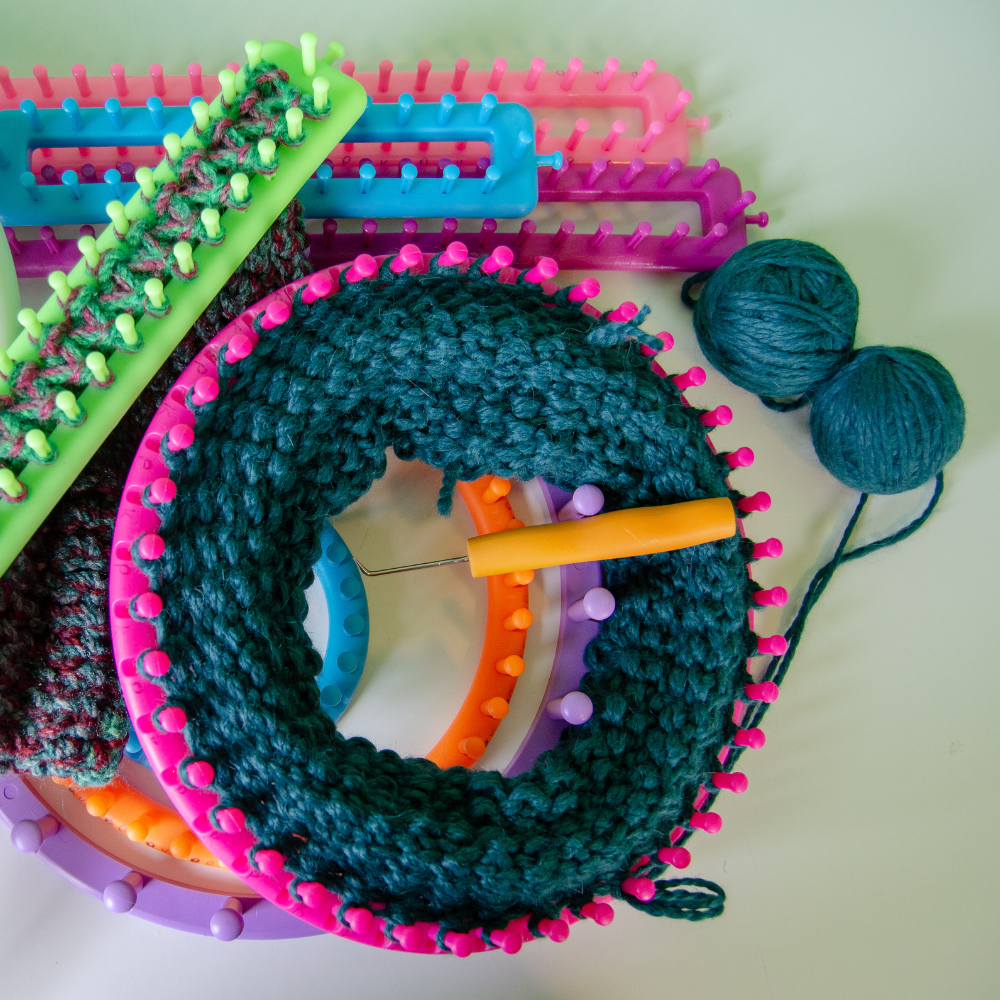
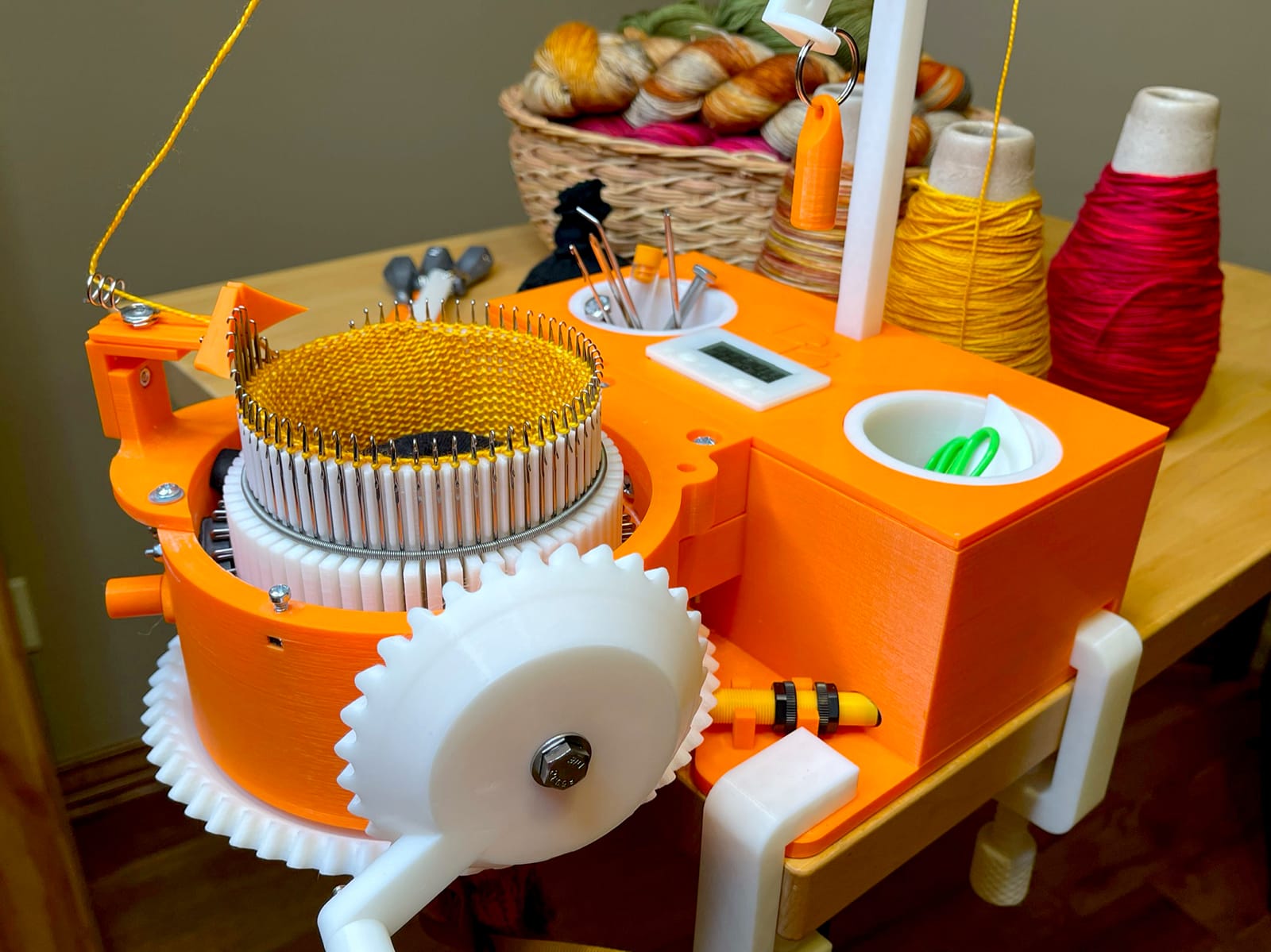
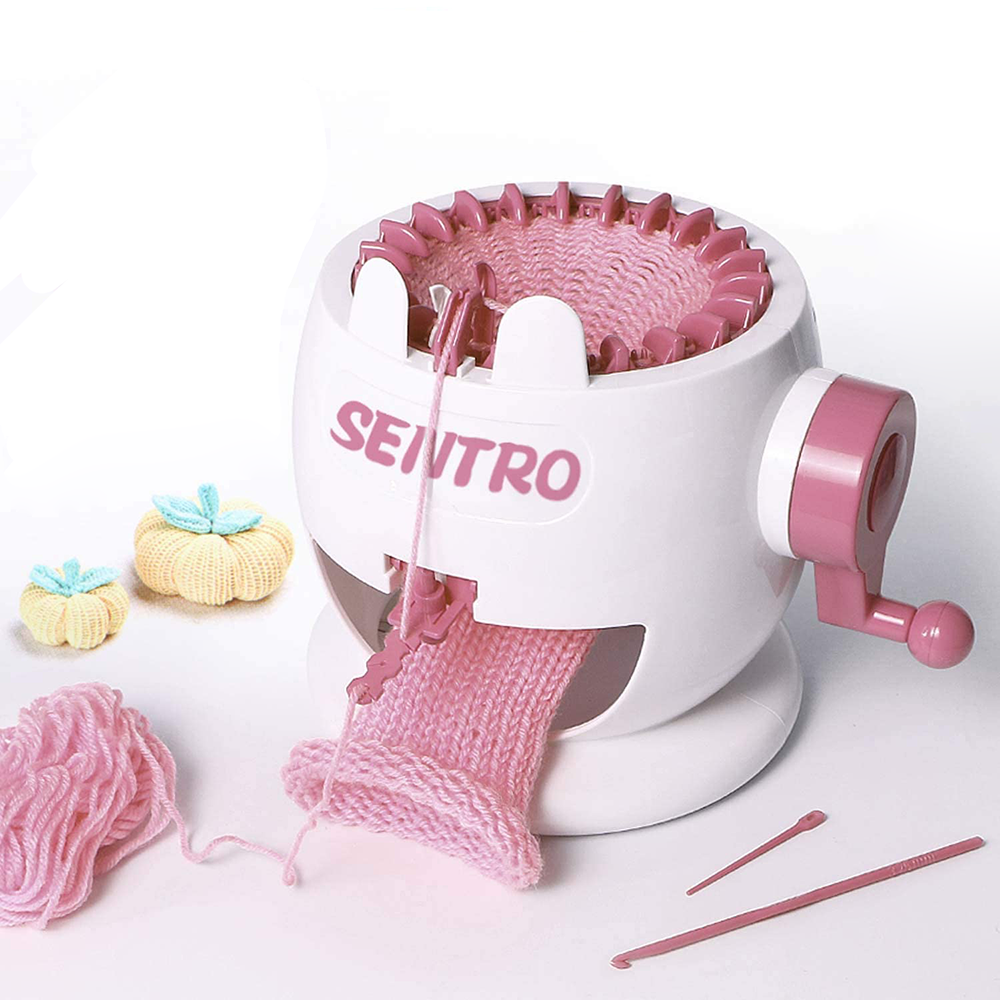
Developing Your Product Line
Your product line is the heart of your knitting business.
It's essential to create items that appeal to your target audience.
This could range from bespoke sweaters to knitted toys or home decor items.
Pay attention to trends and customer feedback to continually refine your offerings and keep your product line fresh and exciting.
It's also important to price your products competitively while factoring in the cost of materials and time spent creating them.
Researching similar products on the market can help you determine fair prices for your items.
Pricing for Profit, Marketing, and Selling Your Knits
Pricing your knitted items correctly is critical for making money.
You need to factor in the cost of yarns, your time, the wear and tear on your machine, and other overheads.
Research what similar items are selling for and ensure your prices are competitive but also allow for a reasonable profit margin.
An effective marketing strategy can make or break your knitting business.
Utilize social media, your own website, and craft fairs to showcase your products.
Creating engaging content, such as blog posts or videos about your knitting process, can attract a following and convert viewers into customers.
Platforms like Etsy and eBay are popular places to sell handmade items, including knitted projects.
Setting up an online shop on these platforms can expose your products to a global audience.
Ensure your listings are well-crafted with high-quality photos and detailed descriptions to attract potential buyers.
Building a Brand
Your brand is what sets you apart from other knitters.
It encompasses your unique style, the quality of your work, and your overall business ethos.
Invest in branding by creating a memorable logo, consistent packaging, and a strong online presence to foster customer loyalty and recognition.
Use social media to showcase your knitting process, share behind-the-scenes images and videos, and engage with your audience.
Creating a strong brand identity is crucial for long-term success in the competitive world of handmade goods.
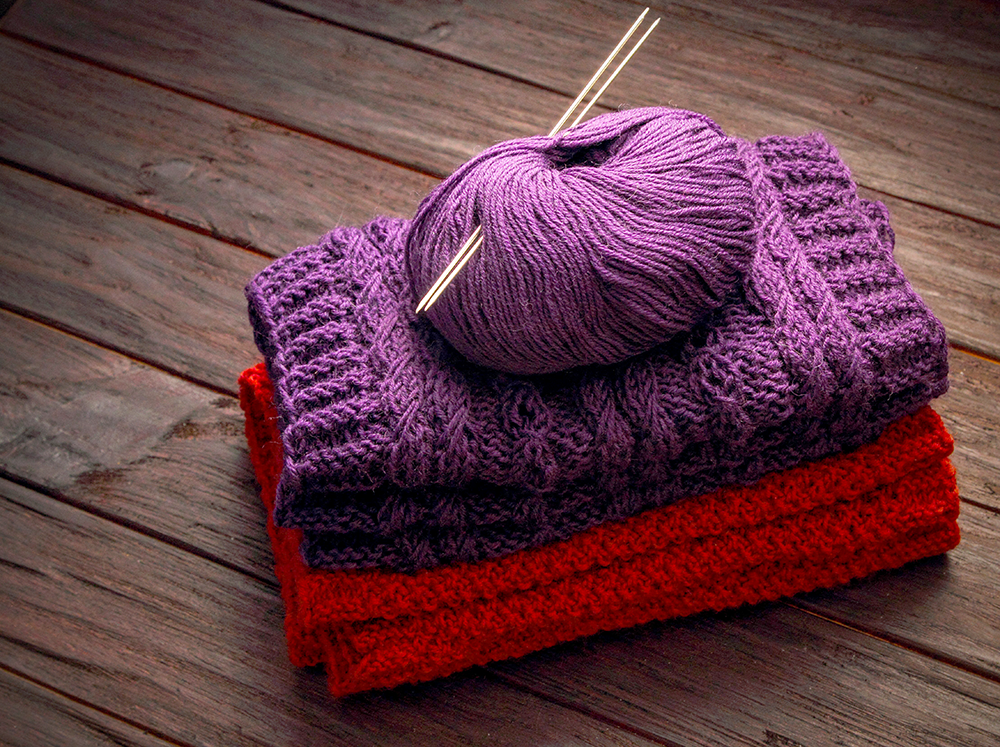

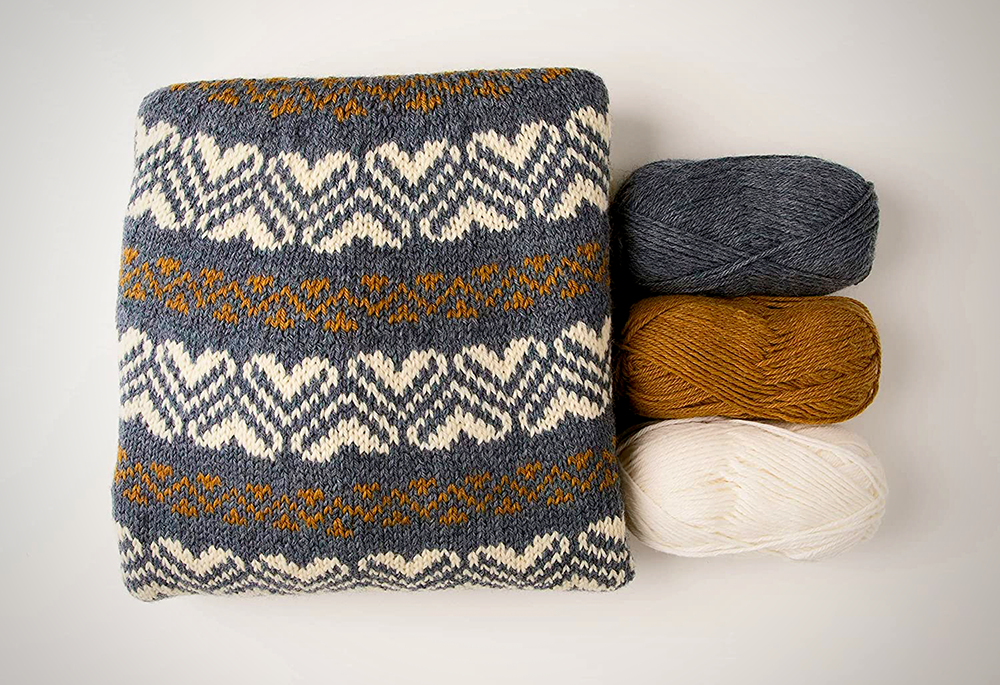
Customer Service and Satisfaction
Providing excellent customer service can lead to repeat business and positive word-of-mouth.
Be responsive to inquiries, handle issues promptly, and go the extra mile to ensure your customers are happy with their purchases.
Networking and Collaboration
Networking with other crafters and businesses can open up opportunities for collaboration and cross-promotion.
Attend craft fairs, join knitting groups, and engage with the knitting community both online and offline to build relationships and grow your business.
You can team up with other knitters to create a line of products or collaborate with yarn companies to showcase their materials in your work.
Collaborations are an excellent way to reach a broader audience and tap into new markets, so don't be afraid to think outside the box and explore new opportunities.
Managing Your Time and Resources
Efficient management of your time and resources is essential for a profitable knitting business.
Keep track of your inventory, streamline your production process, and set realistic goals to ensure you're not overextending yourself.
It's also crucial to take breaks and rest your hands and wrists, as machine knitting can be physically demanding.
Proper ergonomics and self-care are essential for sustaining a long-term knitting career.



Staying Ahead of the Curve
The knitting industry is always evolving.
Stay informed about new knitting machine technologies, yarns, and trends to keep your business ahead of the curve.
Continuous learning and adaptation are key to long-term success.
Take advantage of online courses and workshops, attend trade shows and conferences, and stay connected with other knitters to keep your business fresh and innovative.
By staying on top of industry developments, you can continue to grow your skills, expand your product line, and build a successful knitting business for years to come.
Legal Considerations
Ensure your business is legally compliant by registering your business, understanding tax obligations, and protecting your designs.
It's also wise to have clear policies in place for returns, shipping, and handling customer data.
Consult a lawyer if necessary to ensure your business is operating within legal boundaries.
Measuring Success and Scaling Up
Track your sales, customer feedback, and overall business growth to measure your success.
Use this data to make informed decisions about scaling up your business, whether that means investing in more machines or expanding your product line.
Remember to stay true to your brand and always prioritize quality in your products and customer satisfaction.
With dedication, hard work, and a solid business plan, you can turn your passion for machine knitting into a successful and fulfilling career.



Diversifying Your Income Streams
Don't put all your eggs in one basket.
Consider offering knitting classes, selling patterns, or creating knitting-related content to diversify your income streams.
This can provide stability and increase your earning potential.
Embracing the Rich Scheme of Knitting Patterns
The world of machine knitting is not just about the production of generic patterns; it's about embracing a rich scheme of intricate designs that can set your products apart.
Knitters who invest time in learning and creating diverse patterns have the potential to attract a niche market that appreciates the artistry involved.
By offering a range of patterns from simple to complex, you cater to both beginners hoping to purchase their first handmade item and connoisseurs looking for something unique.
This diversity not only enriches your portfolio but also enhances your brand's value, making your knits more than just stuff; they become collectible pieces of art.
Incorporating a variety of knitting patterns into your product line requires a bit of creativity and a lot of skill. However, the effort can pay off significantly.
For instance, a knitter who specializes in intricate lace patterns or bold colorwork can become the go-to person for those specific styles.
By marketing these unique offerings effectively, you can create a sense of exclusivity and luxury around your products.
Remember, in the world of handmade goods, it's often the unique, well-crafted pieces that command the highest prices and the most loyal customers.
Launching a Knitting Course: Sharing Your Craft
In the quest to diversify income streams, offering a knitting course can be a lucrative idea.
By sharing your expertise with aspiring knitters, you not only generate additional revenue but also build a community around your brand.
A course can range from teaching the basics to more advanced techniques, catering to a wide audience.
It's a fun way to engage with your audience and provide value beyond the physical products you sell.
Moreover, it positions you as an authority in the field, which can lead to further opportunities such as speaking engagements, book deals, or partnerships with yarn companies.
Creating a course requires careful planning and a clear understanding of your target audience's needs.
Start by outlining the key skills that a new knitter would hope to learn, then structure your course to progressively build upon those skills.
Use practical examples, such as a project that students can complete by the end of the course, to provide a sense of accomplishment.
Additionally, consider offering a bit of personalized feedback to help students refine their technique.
This hands-on approach not only enhances the learning experience but also fosters a sense of community and loyalty among your clientele.
You can offer your course both online and in-person, depending on your preferences and resources.
Creating Knitting-Related Content: Building Your Brand
In today's digital age, creating compelling content is essential for building a brand and attracting customers.
As a machine knitter, you have a unique skill that can be shared through various media.
Consider starting a blog or YouTube channel to showcase your work, share tips and tutorials, and engage with the knitting community.
You can also collaborate with other knitters and businesses on joint content projects to reach a wider audience.
Additionally, creating knitting-related products such as eBooks, printables, or digital patterns can be another source of income.
These can be sold on your website or through online marketplaces, providing passive income and further promoting your brand.
With the right strategy, creating content can not only bring in additional revenue but also help establish you as a thought leader in the machine knitting industry.

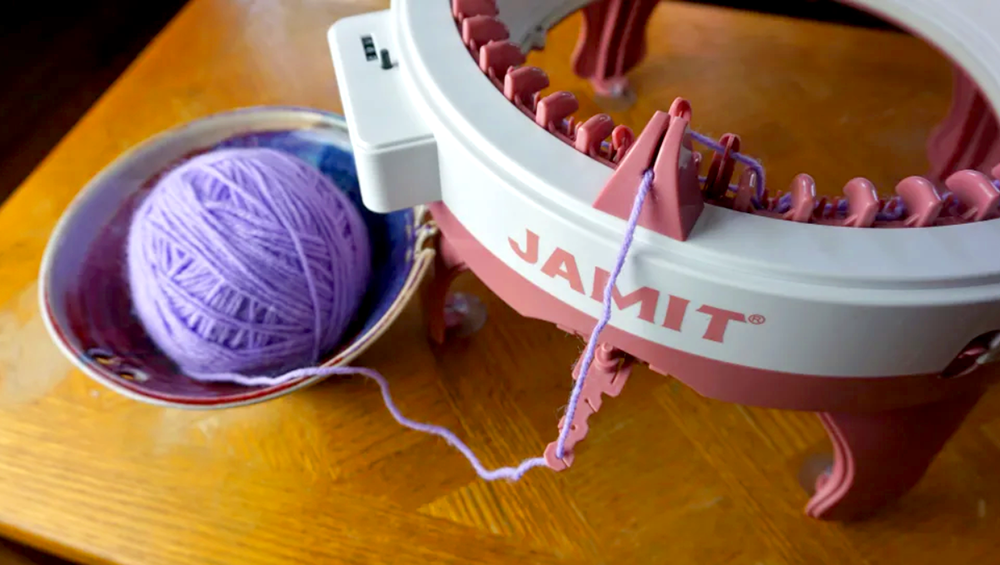

Tips for Machine Knitting Success
As with any business venture, success with machine knitting requires dedication and hard work.
Here are some knitting tips for making your machine knitting business a success:
- Invest in a high-quality knitting machine that is suitable for the type of products you want to create.
- Choose yarns carefully, paying attention to quality, color, and texture.
- Develop your own unique style to stand out from the competition.
- Network with other machine knitters to learn new techniques and expand your knowledge.
- Promote your work effectively through social media, your website, and word of mouth.
- Continuously improve your skills by attending workshops, taking online courses, and experimenting with new techniques.
- Stay organized by keeping track of inventory, sales, and expenses.
- Prioritize customer satisfaction and provide excellent service to build a loyal following.
- Don't be afraid to diversify your income streams through teaching or creating content related to knitting.
With these tips in mind, you can build a successful and fulfilling career in the world of machine knitting.
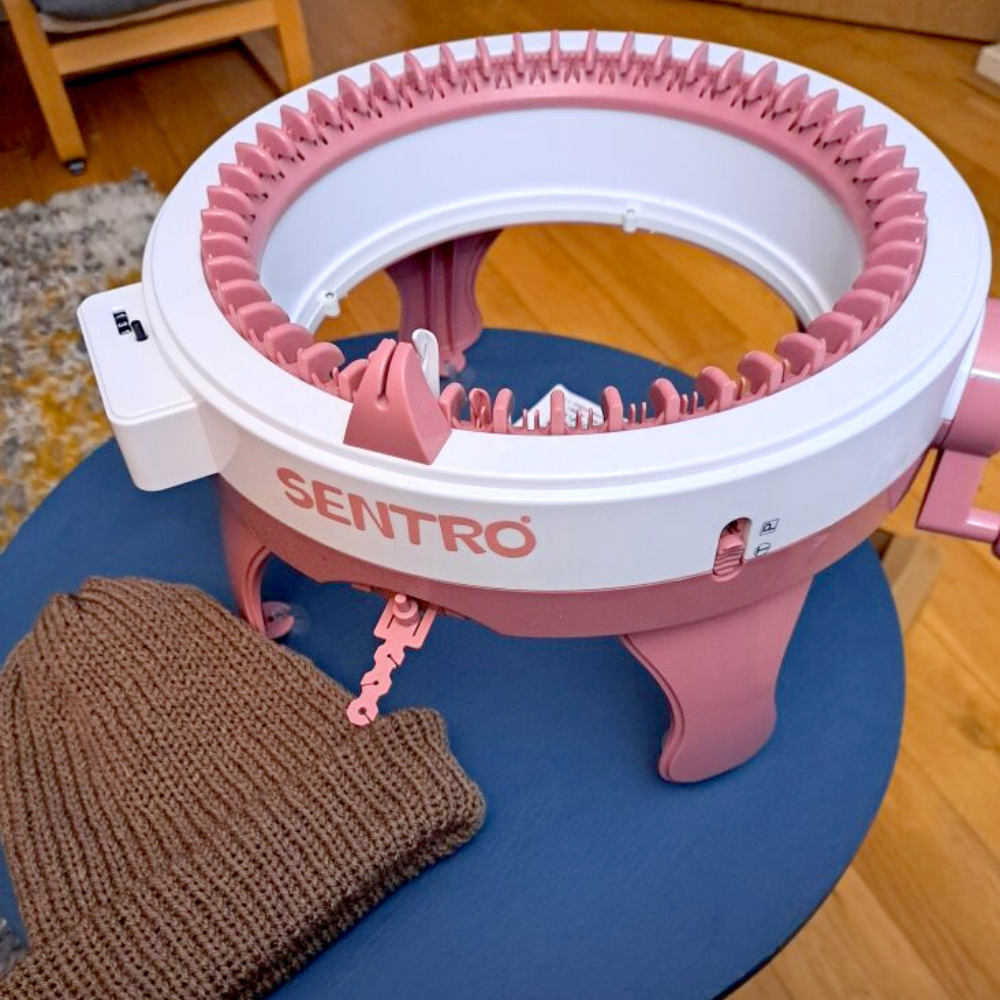
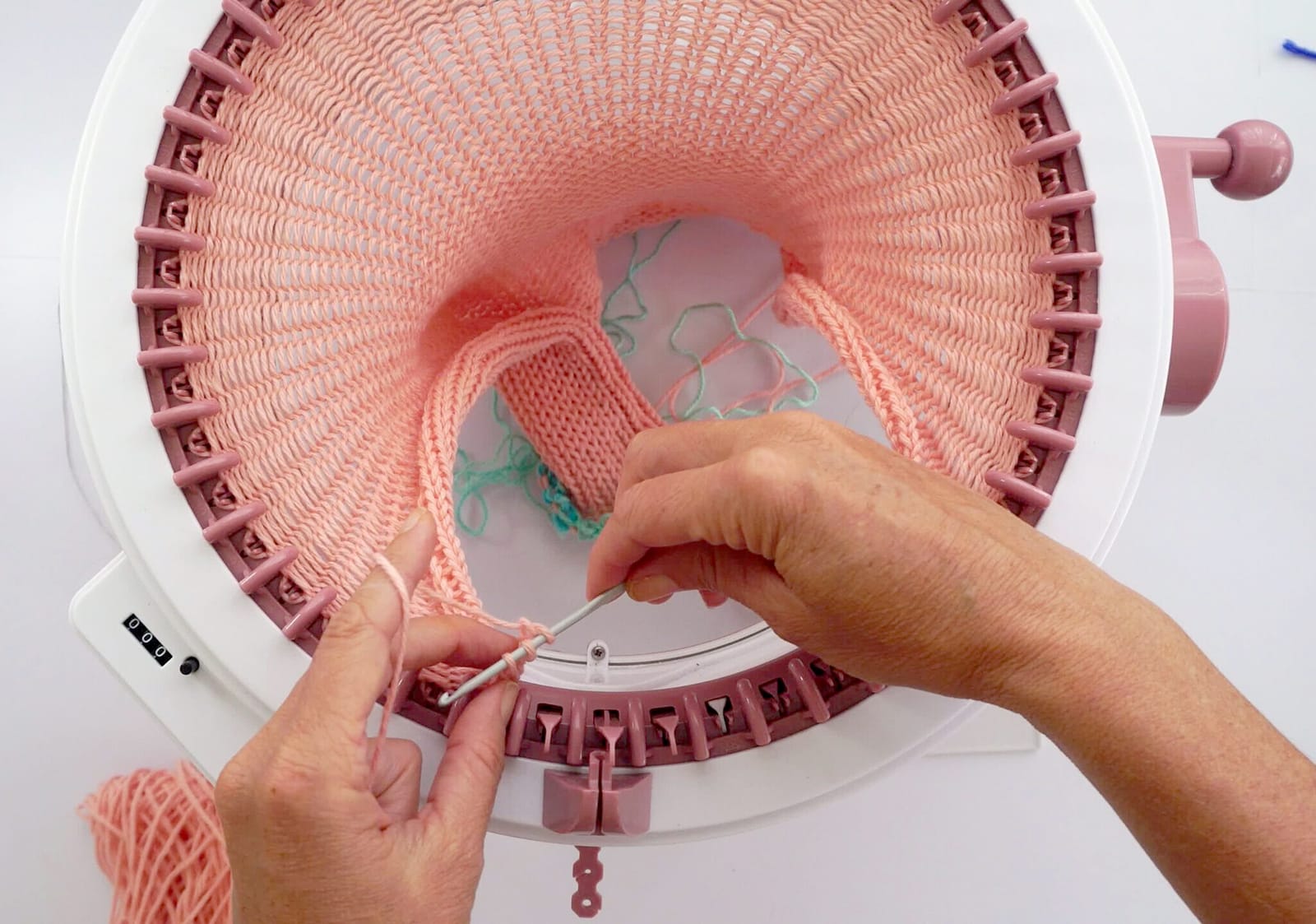
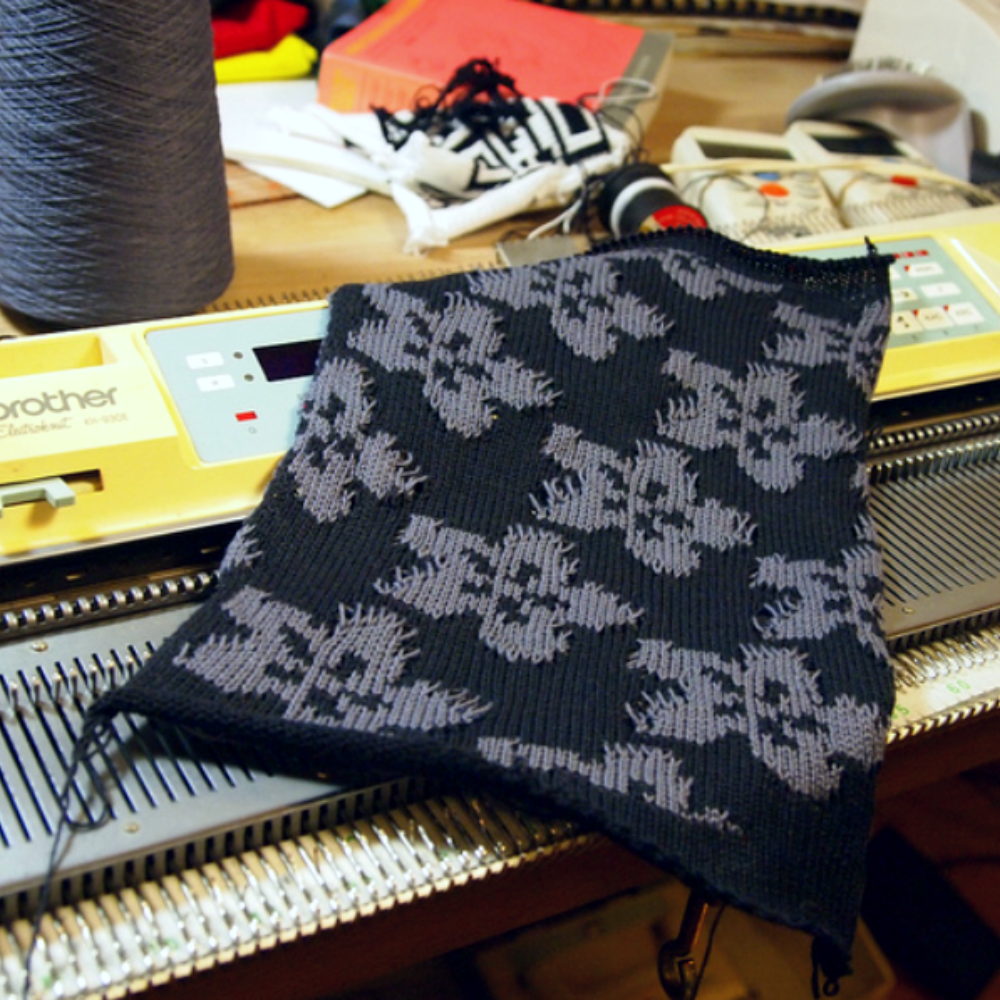
Keep Knitting and Keep Growing
Machine knitting offers countless opportunities for creativity, entrepreneurship, and success; making money with a knitting machine is not only possible but can be a rewarding and profitable venture.
It offers a faster and more efficient alternative to hand knitting and opens up a world of creative possibilities.
With careful planning, dedication, and hard work, you can turn your passion for machine knitting into a successful business venture.
By understanding the market, crafting a solid business plan, mastering your machine, and effectively marketing your products, you can turn your knitting hobby into a thriving business.
And by investing in quality tools and materials, continually refining your product line, and diversifying your income streams, you can stay ahead of the curve and sustain long-term success.
With passion, dedication, and a bit of creativity, the sky's the limit for your machine knitting business. So keep knitting, keep creating, and watch your business grow!
Keep experimenting with new techniques and patterns to stay inspired and continue growing as an artist.
Remember, success in the knitting industry requires hard work, dedication, and a willingness to adapt to changing market demands.
So, if you're an artist looking to turn your passion into profit, why not give machine knitting a try?
Start exploring the world of machine knitting today and discover the potential for endless creativity and profit; the possibilities are endless!


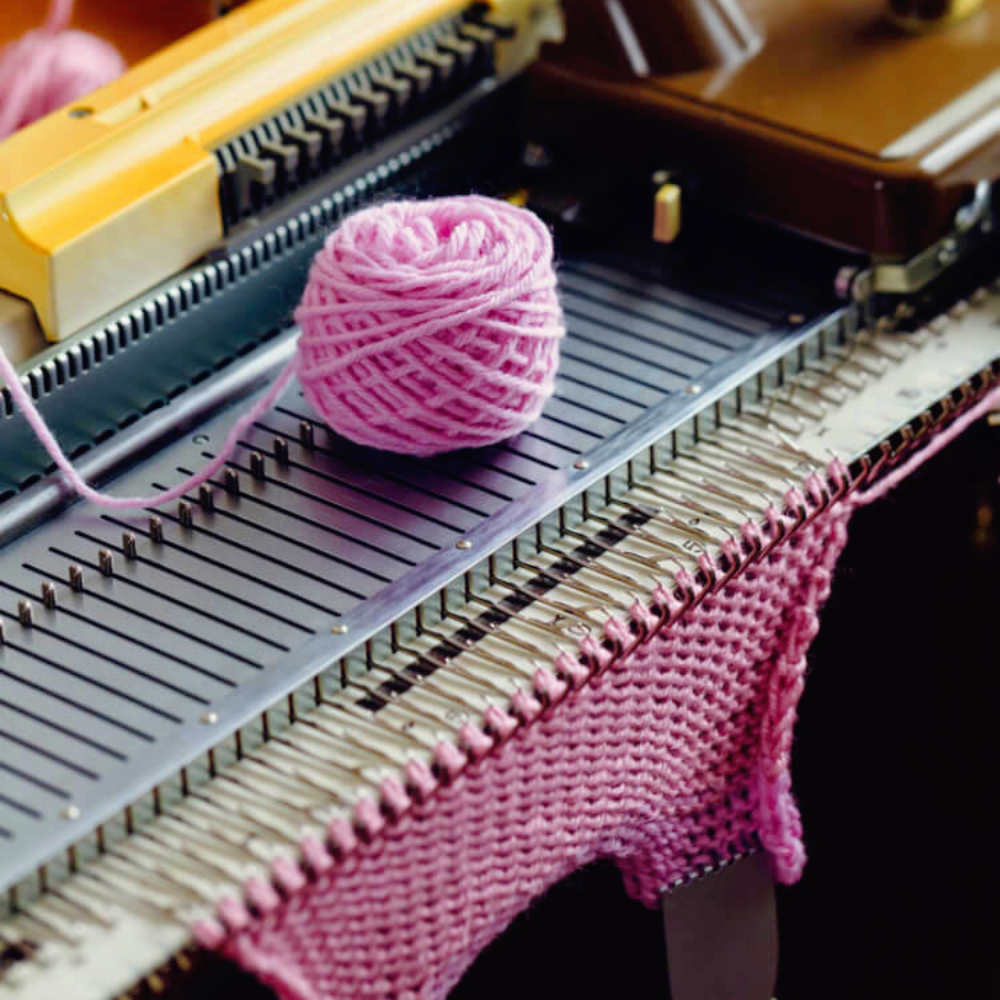
Looking to make your knitting profitable? Check out Ashley Lillis' video!
Want even more content about creativity and art?
Be sure to check out all of our creative chronicles!
Eager to learn more about knitting and knitting machines?
Check out some of our other articles:
-Interchangeable knitting needles
-What can you make with a Sentro knitting machine?
-Can you knit socks on a knitting machine?
-Can you crochet with a knitting machine?
